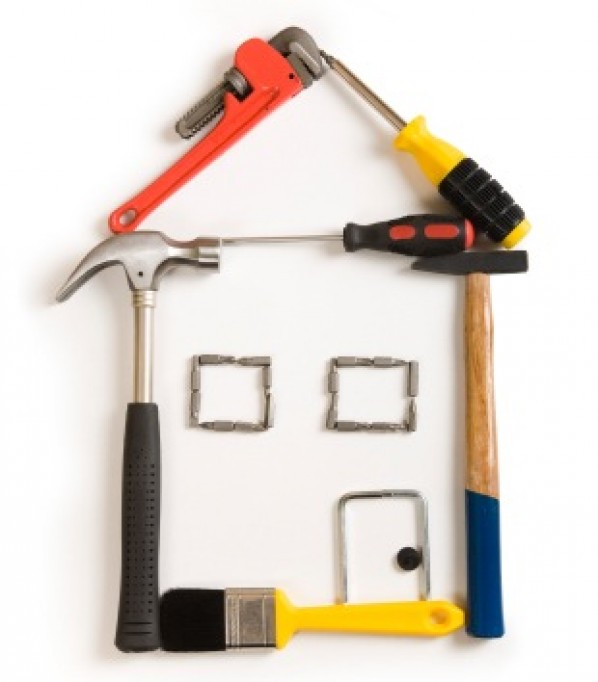property management
Be prepared to stay. Be very prepared to leave.

September is National Preparedness Month so take the time now to get your household geared up. To get started you’ll need an emergency preparedness kit and a disaster plan.
Emergency preparedness kit
This list could be a lot longer, but remember, you need the vitals for survival, not the baggage of your life’s possessions. Create two kits – one version to use if you have to stay put where you are and a second portable version if you have to evacuate. Your emergency preparedness kit should include these basic essentials.
Food and water: A three-day supply of food and water is best. Food items should be non-perishable and each person should have one gallon of water per day. Households in warmer climates should consider storing more water.
First aid: Many injuries from disasters are minor and can be remedied with basic first aid. Take a first aid class and keep the following in a first aid kit for your household:
■two pairs of sterile gloves;
■sterile dressings;
■adhesive bandages;
■antibiotic wipes and ointment;
■burn ointment;
■eye wash solution;
■a thermometer;
■a medicine dropper;
■prescribed medications and medical supplies;
■non-prescription drugs such as pain relievers, anti-diarrhea medication, antacids or laxatives; and
■a first aid book.
Clothing and bedding: Include one set of warm clothing and a pair of shoes per person. Also keep a blanket or sleeping bag.
Last but not least important essentials: These things just come in handy, like a hair band or universal remote:
■cell phone and charger;
■scissors;
■tweezers; and
■petroleum jelly or other lubricant.
If there are infants, individuals with special needs or seniors in your household, make sure to add the necessary items to your kit.
Disaster plan
If your household doesn’t already have a disaster plan, make a point to create one. The best thing you can do now, before any disaster hits, is to know what can happen and how to react.
1.Learn about your area: What types of natural or manmade disasters could happen in the region where you live? Does your community have an emergency alert system? Where are the shelters near you?
2. Form a plan: Get together with the members of your household and make a plan. Everyone should know which types of disasters to expect, where to meet if it happens and what to do in the event of an evacuation.
3.Check your home: Everyone needs to know what’s in the house and how to use it. For example, where is the emergency kit or the fire extinguisher? Do the children know how to dial 911? Do you have escape routes out of the house? Make sure your home can keep you safe.
4.Practice the plan: Lazy disaster plans are useless. Quiz everyone on what the plan is. Maintain safety equipment such as smoke detectors and fire extinguishers in good condition. Drill emergency and evacuation procedures. Practice, practice, practice.
You can learn more about ways to get your households and families prepared for emergencies from Be Prepared California.
Copyright © 2011 by first tuesday Realty Publications, Inc.

|
Drew de la Houssaye is an associate with THE BROKERAGE Real Estate Group Beverly Hills. Drew specializes in westside luxury real estate, renovations and probate sales. He blogs on Westside real estate, entertainment and local events. If you would like to contact him, he can be reached via twitter, facebook, LinkedIn or email. |
Leave a Reply
Credits
Powered by WordPress
Design by Graph Paper Press
Subscribe to entries
Subscribe to comments
2025 by Drew de la Houssaye – Realtor ©
